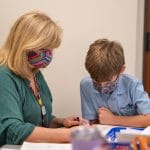Although nearly 20% of the United States population has dyslexia, this learning disability is still surprisingly misunderstood. Dyslexia is not a disease that needs to be cured, however, research-based tools like the Orton-Gillingham Approach are designed to expand dyslexic student’s abilities. Read below to discover five things you may not know about dyslexia and expand your understanding of this unique learning challenge.
#1: Boys and girls are affected equally.
While early research claimed that boys were more likely to have dyslexia than girls, recent studies have shown that dyslexia affects boys and girls in almost equal numbers. Boys who have undiagnosed dyslexia may act out in the classroom as they get frustrated with a difficult task, while female students are more inclined to hide their inability to complete an assignment from their teacher or parent. Accordingly, it’s essential for teachers, parents, and tutors to be able to identify signs of dyslexia equally in both boys and girls.
#2: Many dyslexic individuals go undiagnosed, some for their entire lives.
Many dyslexic learners do not receive an official dyslexia diagnosis and are rarely exposed to valuable interventions designed to expand their reading and language skills. Undiagnosed dyslexia can result in underemployment, trouble succeeding in academic or professional environments, and low self-esteem if individuals with dyslexia are unable to gain confidence and proficiency in reading and spelling. With help from effective interventions and valuable tools, such as the Orton-Gillingham Approach, dyslexic learners can avoid these consequences and master reading and language skills. If you suspect your child has a learning challenge or have noticed any symptoms of dyslexia, consider having a specialist evaluate your child for dyslexia.
#3: Dyslexia is hereditary.
Individuals with dyslexia are born with this learning challenge, and research shows it is linked to genetics. If one parent has dyslexia, their child has about a 50% chance of also having dyslexia, which is how one sibling may have dyslexia and the other may not. Functional MRIs have revealed that dyslexia affects specific areas of the brain, and although there is no “cure” for dyslexia, effective intervention based on an educational approach like Orton-Gillingham can help dyslexic learners master the written and spoken language.
#4: People with dyslexia often possess exceptional creative abilities.
Although signs of dyslexia include trouble with reading or spelling, people with dyslexia are often uncommonly creative in a range of different fields. Some of the most renowned innovators and artists in history, including Steve Jobs, Steven Spielberg, Pablo Picasso, and Lewis Carroll, all had dyslexia. A common misunderstanding surrounding individuals with learning challenges is that they have lower levels of intelligence than their peers. While dyslexic students may have a harder time mastering certain language-based skills, they are not unintelligent and are often able to harness their creativity in extraordinary ways.
#5: Educational accommodations for dyslexia are not the same as interventions.
Educators must understand the difference between accommodations and interventions, as this can have a distinct impact on a dyslexic learner’s ability to succeed. Common accommodations for students with a learning challenge like dyslexia include extra time on tests, a quiet testing environment, and having test questions presented orally. While these accommodations can be helpful for students, they do not equip dyslexic learners with reading skills or promote language mastery. Interventions for dyslexia that are developed with a tool like the Orton-Gillingham Approach are more beneficial because they break down reading and language into attainable skills that build on each other. These tailored interventions give dyslexic learners tools that they can apply more easily in education settings where an accommodation may also be helpful.
How ReadSource Can Help
ReadSource, a non-profit launched by the Schenck School, was created to share essential information and resources to serve dyslexic readers across the country. We offer training, tutoring, and community outreach programs that serve as resources for dyslexia and promote increased awareness and understanding for students with learning differences. Parents, educators, and tutors can find helpful information from ReadSource as they work to empower dyslexic learners in every community. Learn more about our mission, join us at a community event, sign up for an educational opportunity, or donate to ReadSource today.








Leave a Reply